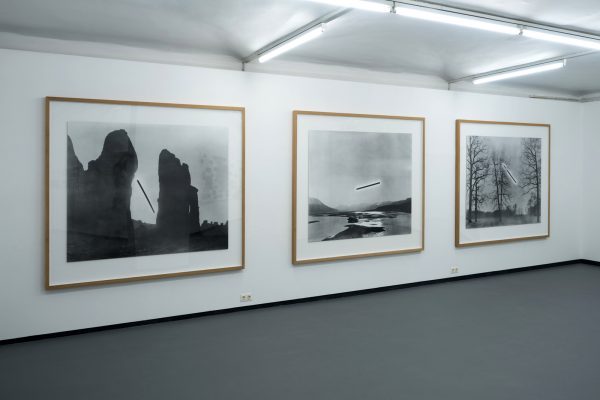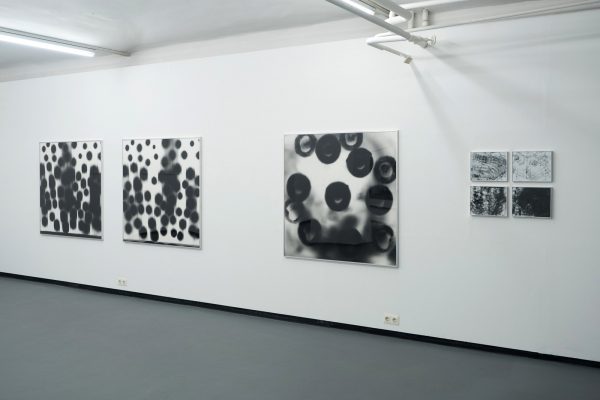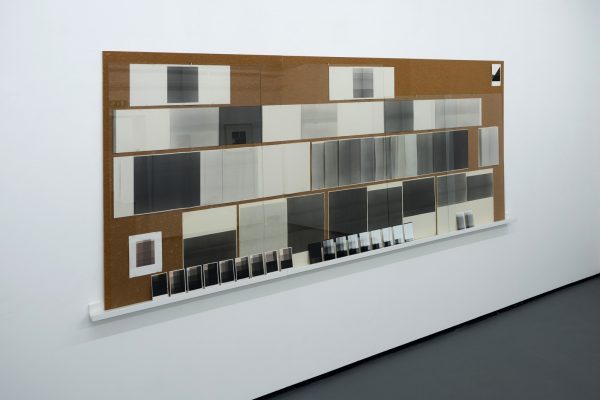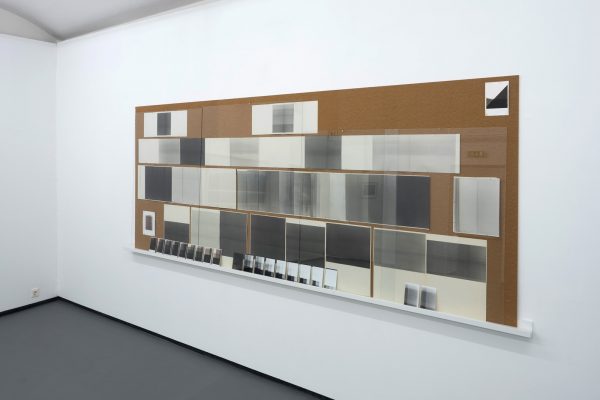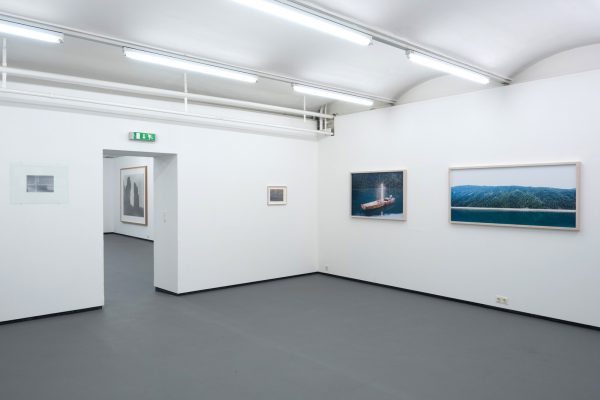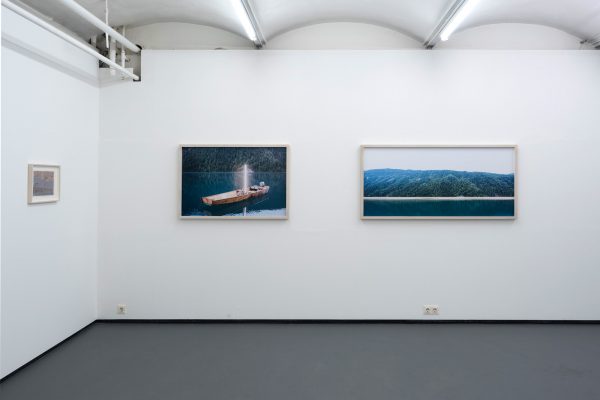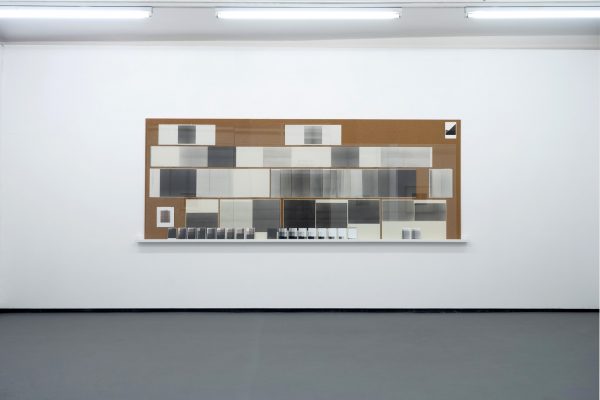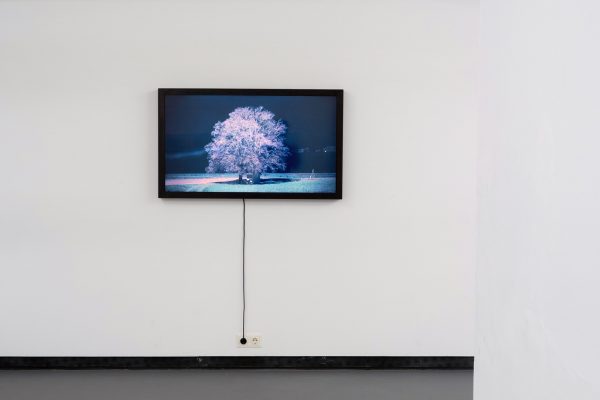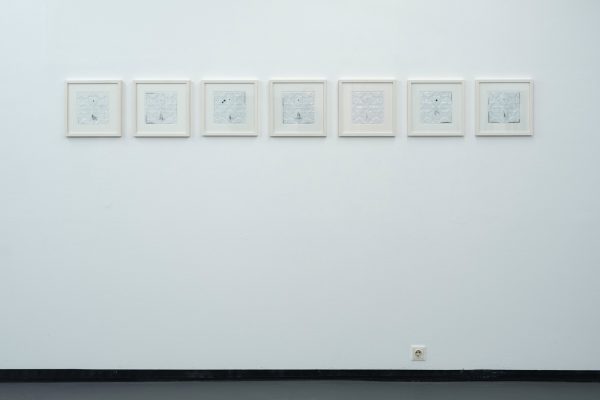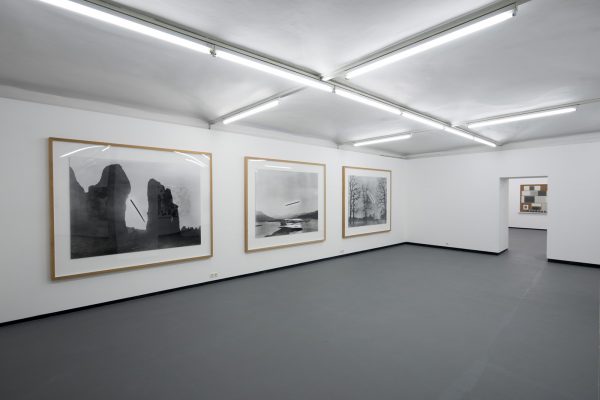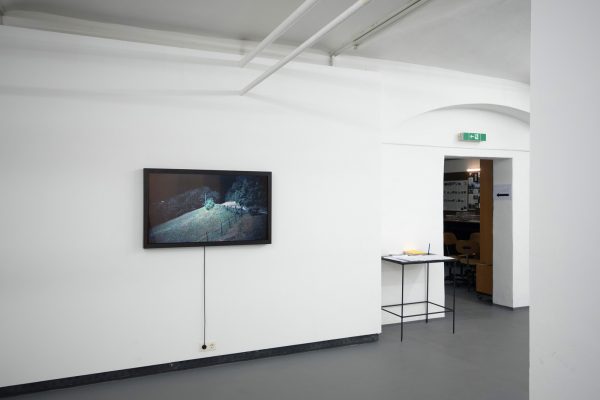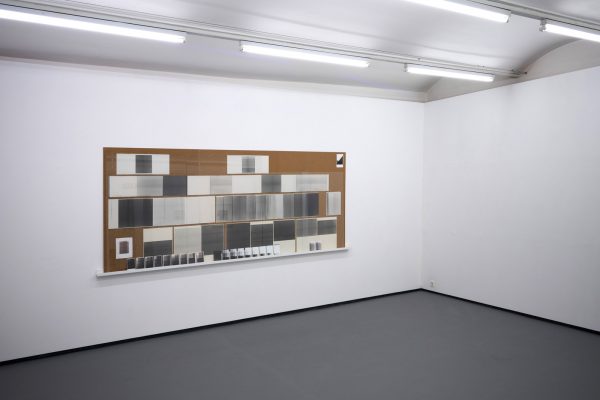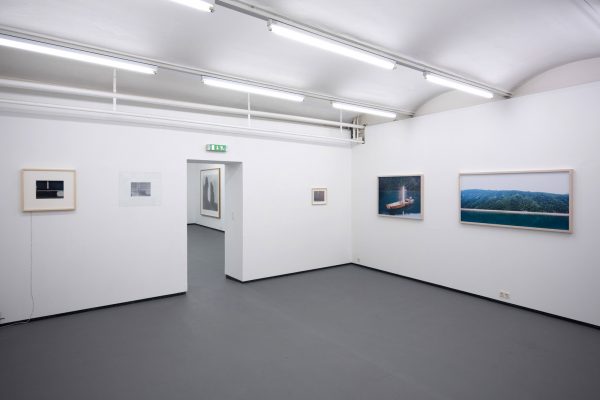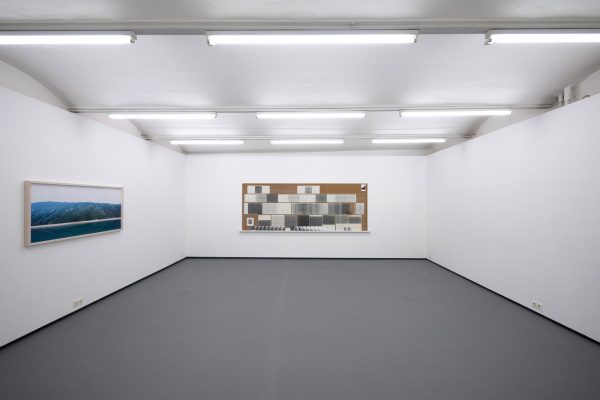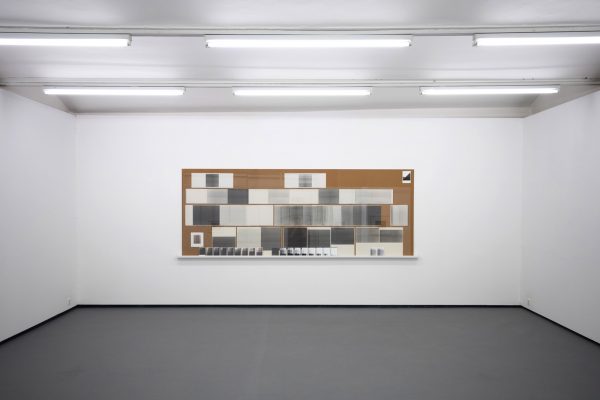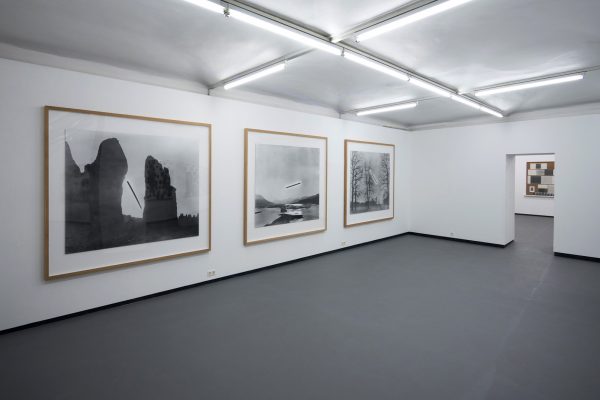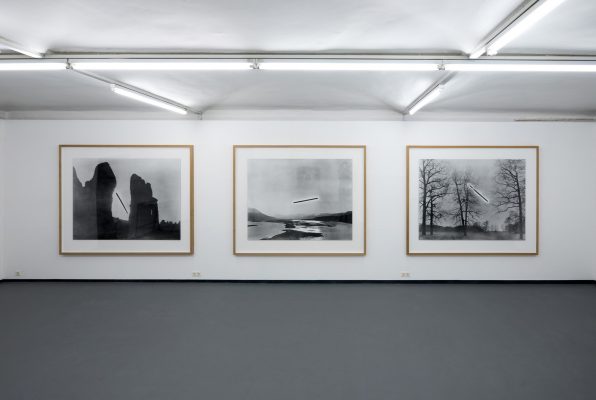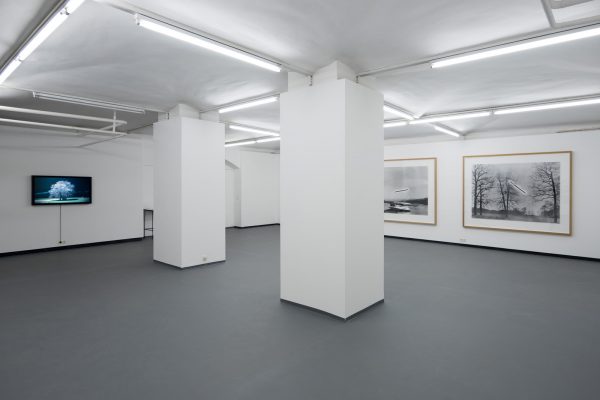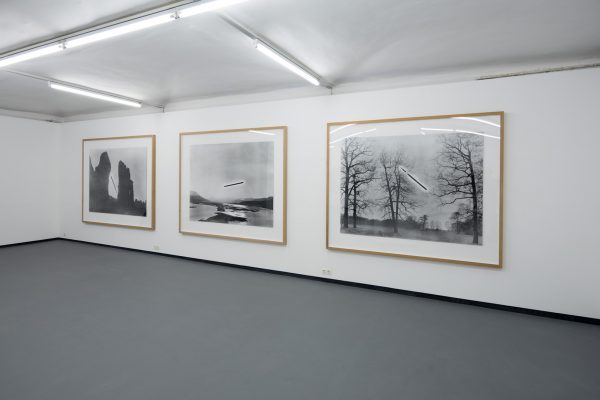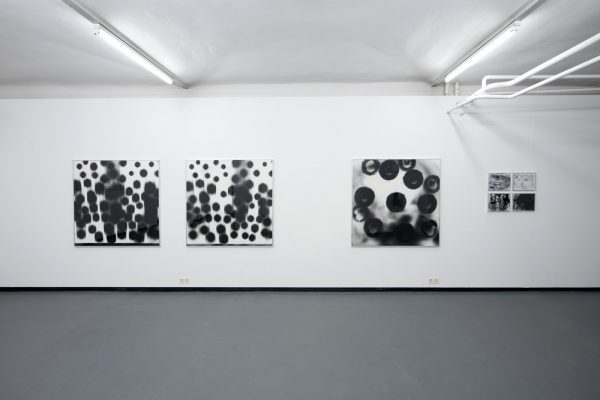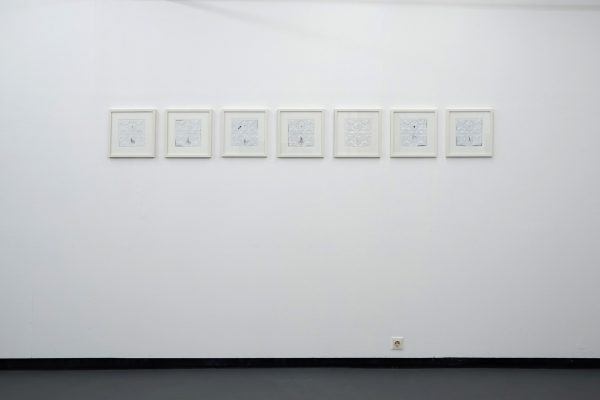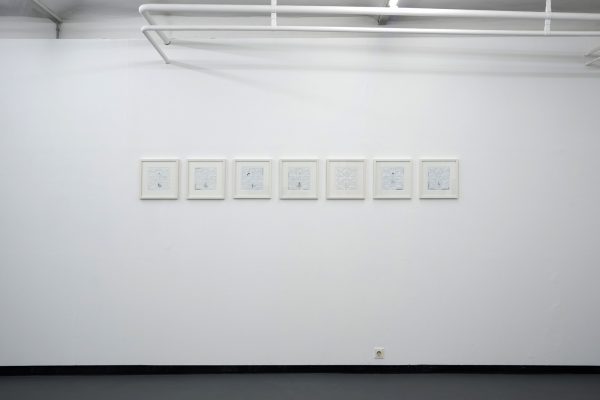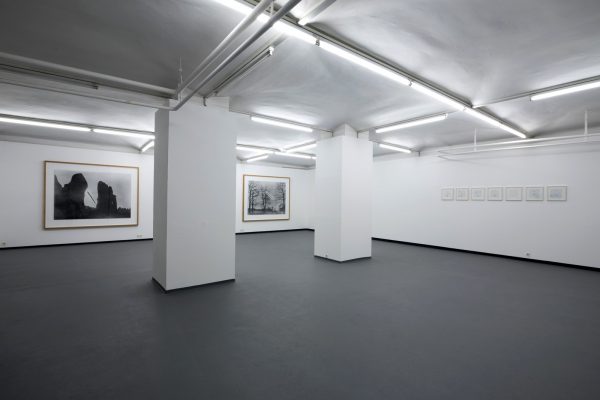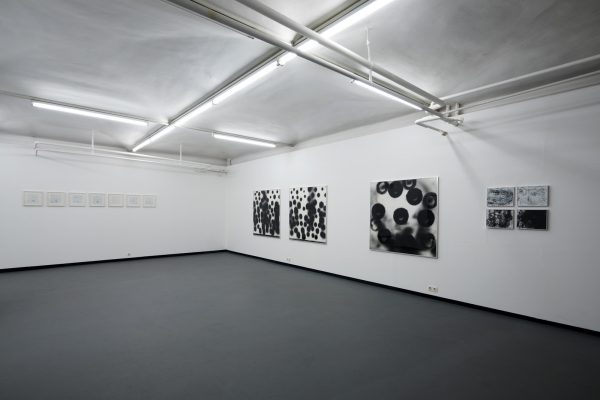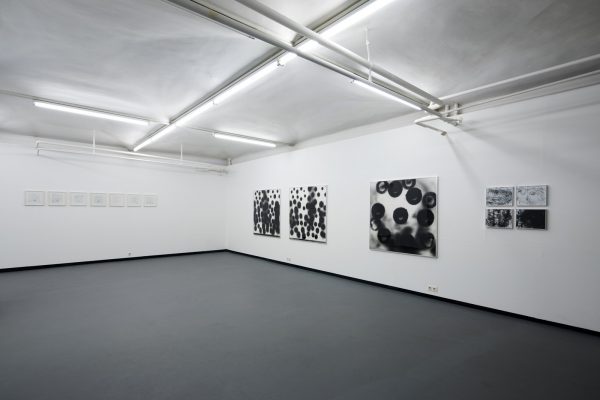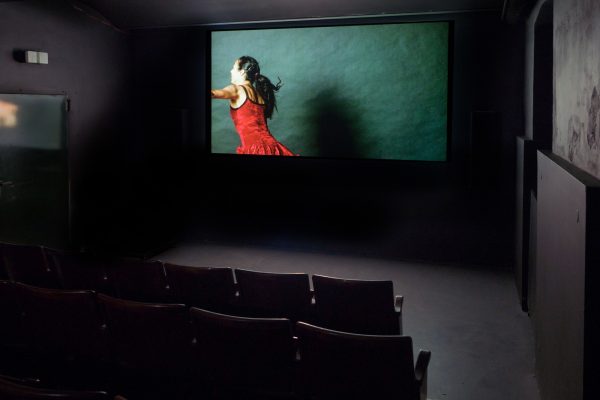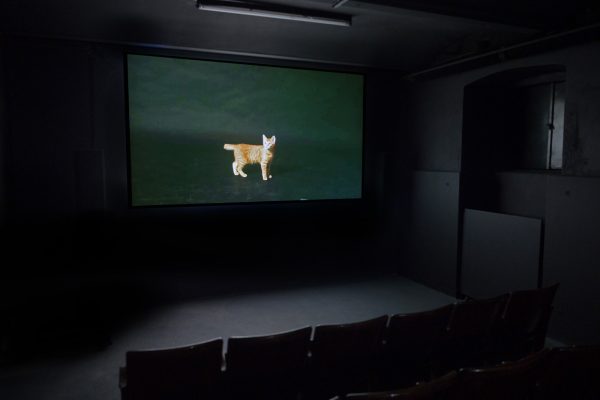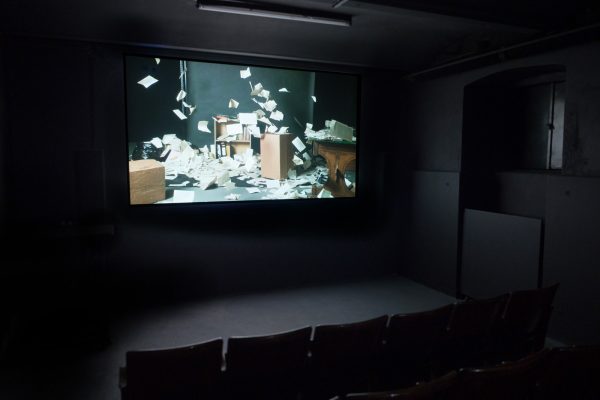Opening: Monday, 9 May at 7 p.m.
Introduction: Ruth Horak
sponsored by: BKA Kunst; MA7-Kultur; Cyberlab, Bezirkskultur Alsergrund
Photography and light are as closely connected as telephones and sound. Light is not only a precondition for every photographic image and respectively manifested in the name of the medium, it is also responsible for the decisive developments in the area of photography. However light neither was, nor is, just the precondition for making a photograph but also always a challenge too. And, in the area of art in particular, where reference is often made to the surrounding circumstances of the medium, light is one of the many-sided components of photography that encourage reflection. In the Fotogalerie Wien’s special focus for this year light is once again the actor at the centre of our attention. In the three exhibitions, Light Experiments, Light Spaces and Light Qualities it plays both an ideal and formative role – light as a phenomenon, as the contrast with darkness, as a subject and a motif and also its influence and direct effect on what is depicted and the materials employed. How can light be fixed and rendered visible? How can it be installed in a space? What qualities of light are we talking about? Which sources? Temperatures? And how subjective is our perception in comparison to what the equipment records?
In the first part of the trilogy, Light Experiments, the immediate effect of the interaction of light, various sources of light and light sensitive material can be observed in both simple and convincing experimental set ups as well as in more complex and intensive ones. How does human sight perceive light compared to a camera or the film in it? Which interventions and additional equipment (flash, time exposure, signal flares) allow artists to achieve images where the relationship between light, time and image capture has been changed?
Robert Bodnar’s Whiteout Horizon should be read as an interpretation of a mechanical scanning procedure. He literally translates the scanner’s continually moving light unit into a real situation – a boat trip. At dusk a boat, equipped with fluorescent tubes, travels parallel to the shore at a distance of about fifty meters (duration of trip and exposure: four minutes). What he produces here is not a normal time exposure but, rather, as in a scan, a compilation of many short exposures. This is most easily observed in the lake’s waves which are in focus.
Lukas Heistinger takes as his subject the causal connection between light and time as applied to photography and, more specifically, flash as the extreme ‘intermediary’ between the two. An achievement at the end of the 19th century, flash aided the eye to see things that had been invisible till then such as rapid movements. In the video, Der Ultrakurzzeiteffekt und was es noch zu wissen lohnt [The ultra short time effect and what more it pays to know], which is only just one minute long, Heistinger refers to a chapter in a text book on photography from the 1950s and quotes from the lessons in the book in seven scenes which are only visible for fractions of a second though the afterimages are present in the eye for much longer. These are intertwined with examples from photographic and video history such as Rodney Graham’s Illuminated Ravine, William’s product photography or Muybridge’s Dancers, in which the flash as an object plays a pivotal role.
Hans Kupelwieser short circuits the two fundamentals of photography, light and light sensitive material without involving an object in between. He developed apparatuses for his “lucidogrammes” and light drawings, that emit light from small openings and either leave a direct impression (as with a photogramme) when the photographic paper surrounds the light source or as a result of a projection, when the light source is at some distance to the paper. If the smaller of the two light sources is moved, the light traces finely drawn lines on the photographic paper. The thickness of the line depends on the speed of the movement.
Harald Mairböck’s series Cubes from his group of works a picture is a camera is a picture is one example of very direct involvement. A pinhole camera made of folded photographic paper brings together a number of photographic parameters: equipment and image, process and material. The folds remain visible as traces of its previous use as a piece of equipment as is the pinhole itself (the aperture through which the light travelled) and, finally, the exposure, light traces which include the spatial perspective (as with every pinhole camera).
Jaromír Novotný also reduces photography to its fundamentals in a similarly radical way – in this case to light sensitive BW photopaper and development chemicals. His intent is to depict nothing more than the reaction of the affected layers to light. As a painter Novotný is interested in the reverse logic of the medium – “the colour black is produced by exposure to light”– and in the characteristic colour spectrum of paper used in colour photography that ranges from creamy white and beige via lilac to a brownish or greenish grey and provides him with a new palette of colours.
Hans-Christian Schink’s black and white panoramas display the fascinating diversity of landscapes scattered all over the world and appear to belong to the tradition of classic landscape and travel photography – if it were not for the foreign bodies in the sky that disrupt the idyll, similary to neon lights that are reflected in a photograph and break its homogeneity. The main title of the approximately 40 part series, 1h, tends to confirm a suspicion: the long exposure time of the shot has solarised the path of the sun as a black line. The various angles of this sun line depend on the place or the time at which it was made (when the sun rose or set or the season). Thus Schink records a camera-specific perception of light from which the real eye is precluded.
Werner Schrödl also plays darkness against light: with signal flares he lights up the night with 40,000 candela and films the created light spaces which depend on the angles of the signal flares that reach a height of about 250 meters. What reminds of wandering suns in time lapse, are in fact, light-and-shadow “trails” of only eight or twelve seconds duration in which the landscape is transposed into an unreal state. Viewers are irritated by the flickering and unexpected movements from the shadows that inundate scenes that are normally peaceful.
(textual support: Ruth Horak)
